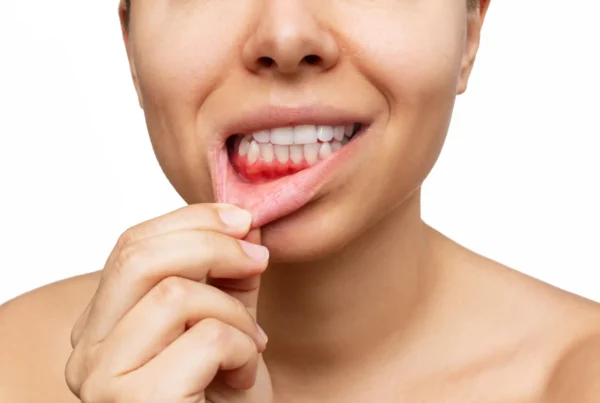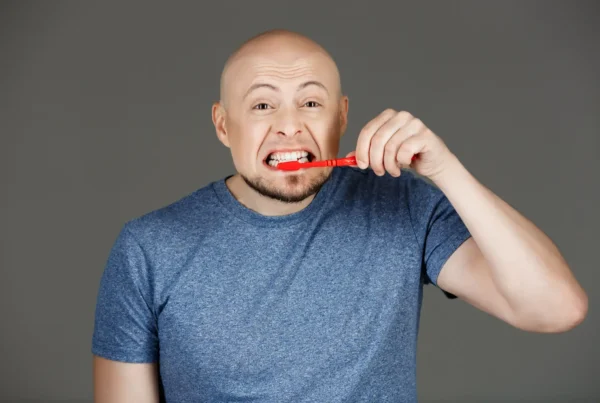Did you know your diet has a direct impact on your dental health?
The foods and drinks you consume play a major role in the development of acid erosion of enamel. But what exactly is this condition? What causes it, how can you recognize the symptoms, and is it treatable?
What is acid erosion of enamel?
Acid erosion is the progressive loss of hard dental tissue caused by prolonged exposure to acids—mainly from your diet, though it can also be linked to underlying health issues. Common acid-containing products that affect enamel include citrus fruits, fruit juices, wine, and some vegetables. Frequent consumption of these items keeps the oral environment acidic for longer periods, which compromises the integrity of the enamel before saliva can neutralize the pH.
Acid erosion currently affects up to 30% of the population, with the highest prevalence (33.3%) in people aged 18–24 and the lowest (6%) in the 35–44 age group.
What causes acid erosion?
There are two main types of acids that damage enamel: extrinsic and intrinsic.
Extrinsic acids come from diet and include:
- Sauces and marinades
- Beer and white wine
- Citrus fruits and citrus juices
- Carbonated drinks
- Acidic vegetables (like tomatoes, brussels sprouts, sorrel, asparagus)
- Berries and fruits such as currants, cherries, plums, raspberries, apricots
These acids typically affect the labial (front) surfaces of the teeth, creating smooth, disc-like lesions. Molars may also develop signs of wear on their chewing surfaces.
Read more: What is tooth decay?
Intrinsic acids come from internal medical conditions such as:
- Diabetes
- Alcoholism
- Anorexia and bulimia
- Mental health disorders
- Poor nutrition
- Dry mouth (xerostomia)
- Gastroesophageal reflux disease (GERD), ulcers, and other gastrointestinal conditions
Symptoms of acid erosion
Common signs of enamel erosion include:
- Sensitivity to hot, cold, sweet, or acidic foods
- Smooth, flat lesions on tooth surfaces
- Dull or yellowish appearance of teeth with a rough or wavy texture
- Translucent or fragile enamel
- In severe cases: pain and the need for root canal treatment
Can acid erosion be treated?
Enamel erosion is irreversible, meaning prevention is far better than treatment. If the condition has progressed, the following options may help:
- Resin fillings for shallow defects
- Dental sealants for added protection
- Veneers or crowns in advanced cases to restore form and function
To address sensitivity, patients may use specialized products like desensitizing toothpaste and topical fluoride treatments. However, identifying and addressing the root cause of enamel loss is crucial for long-term success.
How to prevent acid erosion of enamel
Here are some practical tips:
- Chew sugar-free gum with xylitol to stimulate saliva production
- Visit your dentist regularly for early detection and care
- Limit acidic foods and drinks
- Wait at least 30 minutes after eating before brushing
- Use a straw when drinking sodas or fruit juices to minimize acid contact
By making small lifestyle changes and choosing oral care products wisely, you can significantly reduce the risk of enamel erosion and enjoy a healthy, confident smile.






